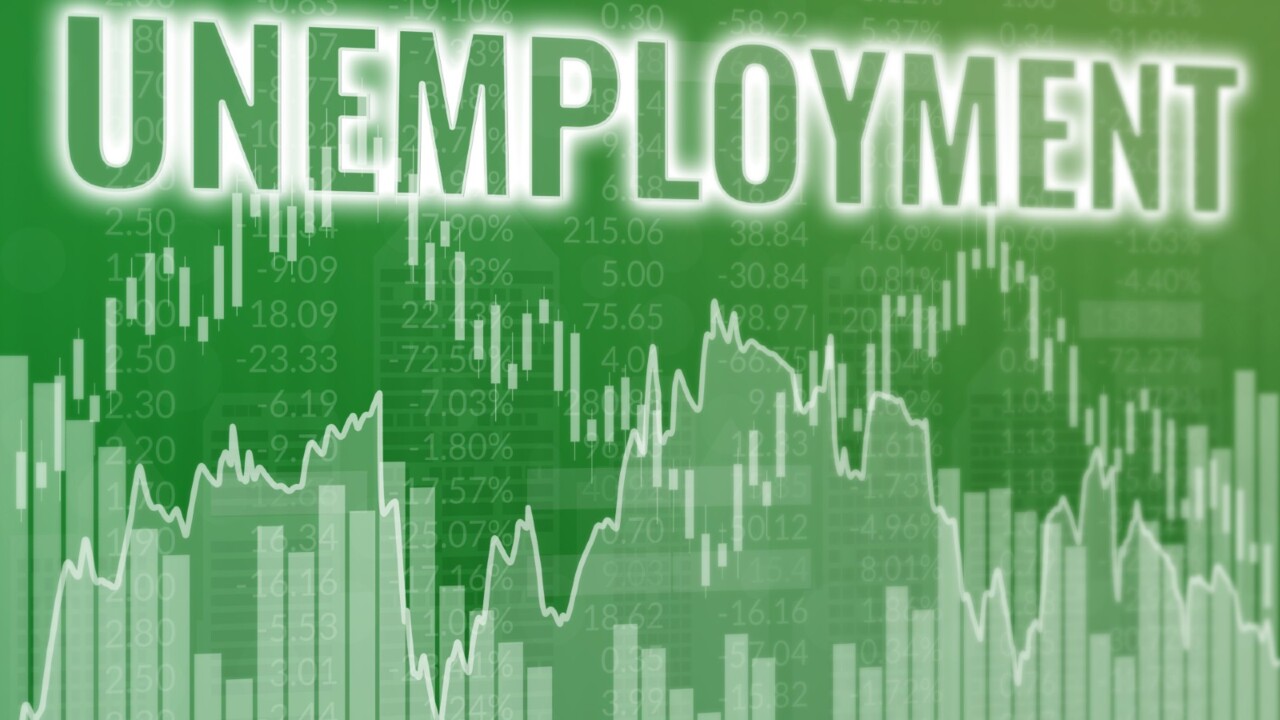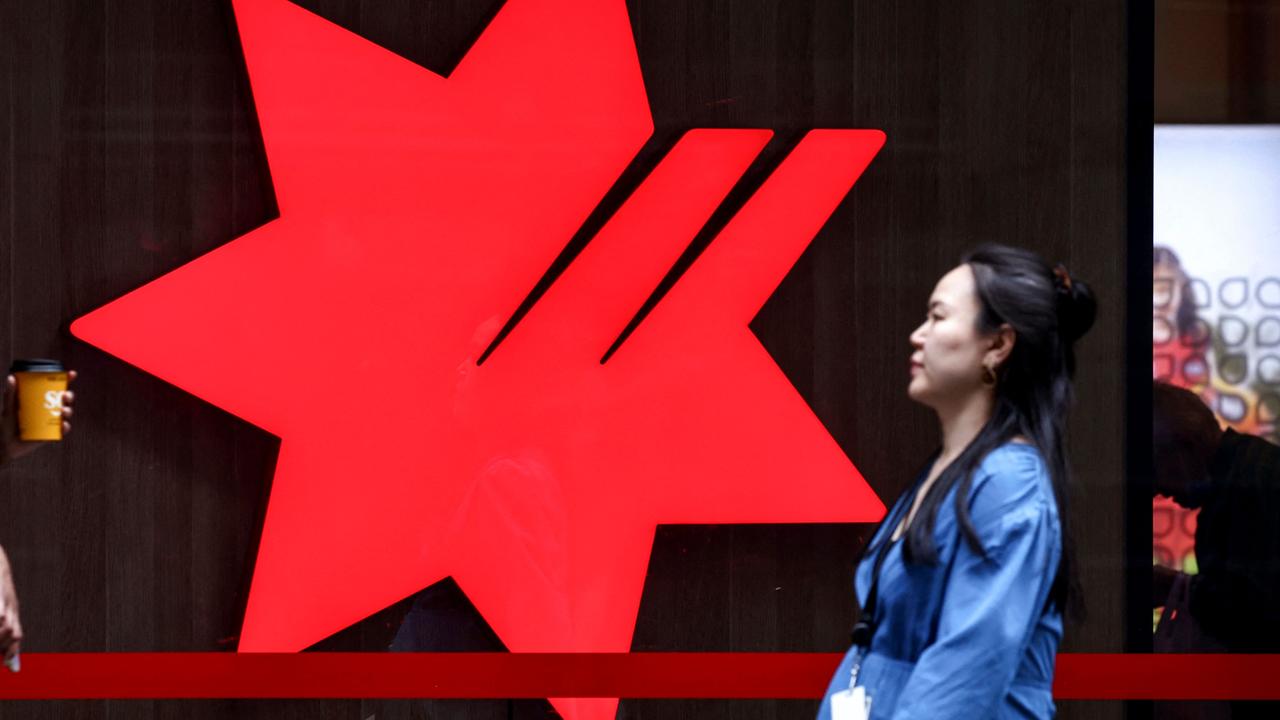Jobs data ‘no barrier’ to rate hike – time for the RBA to ‘rip the band-aid off’?
The Reserve Bank is again likely to consider the case for an interest rate hike in August after Australia’s labour force data showed the jobs market remains ‘relatively tight’.

Business
Don't miss out on the headlines from Business. Followed categories will be added to My News.
The Reserve Bank is again likely to consider the case for an interest rate hike in August after Australia’s labour force data showed the jobs market remained “relatively tight”.
But whether it decides to “rip the band-aid off” and restart interest rates, as some economists advocate, will depend on the outcome of inflation data at the end of the month.
Two years after the RBA started lifting interest rates from a record low of 0.1 per cent as inflation soared well above its 2-3 per cent target during the pandemic, the national unemployment rate has risen to 4.1 per cent from a 50-year low of 3.5 per cent in October 2022.
But in a sign of strength, June labour force data also showed a 50,000 rise in jobs versus a 20,000 rise expected by economists, with participation and employment-to-population rates near record highs.
“This, along with the continued high level of job vacancies, suggests the labour market remains relatively tight, despite the unemployment rate being above 4.0 per cent since April,” the ABS said.
The latest unemployment rate was slightly above the RBA’s recently-lowered forecast of 4.0 per cent. But policy makers must consider whether the unemployment rate will lift to the “full employment” rate – thought to be about 4.5 per cent – in time to stop a damaging rise in inflation expectations that would need to be controlled with an even bigger lift in interest rates.
Most of the Reserve Bank’s peers hiked their equivalent monetary policy rates well above 5.0 per cent and some have started cutting. But the RBA has held its policy rate at 4.35 per cent since November and Australia’s progress in lowering inflation looks to have stalled this year.
The RBA’s latest forecasts had inflation falling to 2.6 per cent by mid-2026 assuming the cash rate remained at 4.35 per cent until mid-2025. Subsidies will lower its short-term inflation forecasts, but underlying inflation isn’t expected to change much without even lower economic growth forecasts.
VanEck head of investments and capital markets, Russell Chesler, says the labour market remains too strong for inflation to fall and it’s “time for the RBA to rip the band-aid off” and hike rates again.
“It’s a tough pill to swallow, but the reality is that an unemployment figure of at least 4.5 per cent would be needed to cool inflation,” he said.
“Instead, our tight labour force persists, the government’s 3.75 per cent increase to the minimum wage taking effect from the start of July, property prices have continued to march upward for the 17th consecutive month and rents rose 8.2 per cent over the year to June 2024.”
With inflation at 4 per cent and showing no signs of slowing further, higher interest rates could be “the only way to push inflation back into the RBA’s target range”.
“The RBA did not go as hard as other developed economies with rate rises and we are now seeing this play out with escalating inflation,” he added. “We think it is unlikely that we will see wage growth fall by much when the second quarter wage growth numbers are published in August.”
RBA officials have said wage growth of around 4 per cent is consistent with the bank’s 2-3 per cent inflation target provided the economy’s productivity performance improves.
“Notwithstanding the rate cut movement happening in other developed markets, the RBA needs to see a sustained fall in inflation before it will cut rates,” Chesler said.
“While there is a chance the RBA could cave to public pressure and cut rates sooner, this could cause a lot of pain in the long run.”

BetaShares chief economist David Bassanese said the relatively firm jobs market means there’s “no barrier” to an August interest rate increase if the June quarter CPI inflation report overshoots.
In May the RBA revised up its inflation forecast to 3.8 per cent for the year to June.
“The glacial lift in the unemployment rate over recent months suggests the labour market remains in pretty good shape – and continues to defy the doomsayers,” Bassanese said.
“Despite weak consumer spending, strength in other parts of the economy – such as infrastructure, tourism, education and aged and disability care – means the economy has retained a remarkable ability to absorb the influx of immigrants and international students.
“This is consistent with the fact that despite an easing from peak levels, indicators of labour demand still remain relatively high by historic standards.”
Together with surprisingly strong retail sales in May, the solid labour market report suggests the RBA can approach the August meeting “not overly concerned about the economy weakening sharply”.
“As a result, it means the June quarter CPI result could still make or break the case for an interest rate increase next month,” he added.
“My expectation is that annual growth in both headline and trimmed mean inflation will be 3.9 per cent in the June quarter, or just above the RBA’s latest forecast of 3.8 per cent, but if either or both annual inflation rates crack 4 per cent or more, the RBA will be under pressure to act.”
But while Australia’s jobs market isn’t weak enough to prevent a rate hike if the inflation data are sufficiently strong, the jobs data alone don’t support the case for a rate hike because the labour market is “gradually loosening” as per RBA forecasts, according to CBA.
“The trend unemployment rate has increased from 3.6 per cent in June 2023 to its June 2024 level of 4.0 per cent slightly below the seasonally adjusted estimate,” CBA head of Australian economics Gareth Aird said. “The upshot is that the labour market is loosening, but the pace in the official figures is quite modest when compared against economic growth, which is well below trend.”
In his view the official population estimates are likely overstating strength in employment gains and will be revised lower to reflect the net overseas arrivals information.
“If we are correct, there are likely downward revisions to the level of the labour force estimates that directly relate to the size of the population, affecting June quarter employment growth and hours worked, but there would be no change to the ABS estimates of the unemployment rate or the employment to population ratio,” he added.
“This would better square with current weak economic growth.”
More Coverage
Originally published as Jobs data ‘no barrier’ to rate hike – time for the RBA to ‘rip the band-aid off’?





